Visiting Pagodas On New Year Days
Together with the festive atmosphere Tet brings to Vietnam every year, the event remains the best time of the year for Vietnamese individuals to engage in their spiritual lives and pay respect to religious institutions. Visiting pagodas during the first days of the year continues to be a deep-rooted tradition.
The meaning of visiting pagodas and temples
The custom of visiting pagodas during the New Year has long been cherished by the people of Vietnam. In Vietnamese culture, this practice is known as “Lễ Chùa,” where “lễ” encompasses not only the act of visiting but also the sincere expressions of respect towards Buddha and the deities worshipped in pagodas or temples. Regardless of how busy Vietnamese may be amidst the joyous atmosphere of Tet, everyone strives to light incense and offer heartfelt wishes for the New Year, including health, happiness, and prosperity.
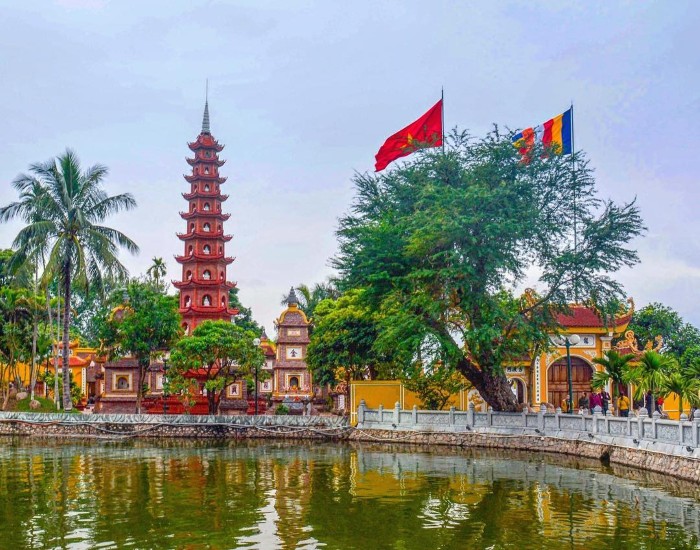 Photo @vietnambooking.com
Photo @vietnambooking.com
Praying at pagodas and temples not only represents a spiritual practice but also serves as a delightful way to embrace the beauty of spring. Engaging with the serene environment, inhaling the aroma of burning incense and flowers, and enjoying the tranquil gardens of the pagodas help to alleviate the stresses and worries of the past year.
Differences in visiting pagodas in the North and the South
Although people from both regions visit pagodas with the same intentions and significance tied to this revered tradition, the manner in which they conduct this activity varies considerably.
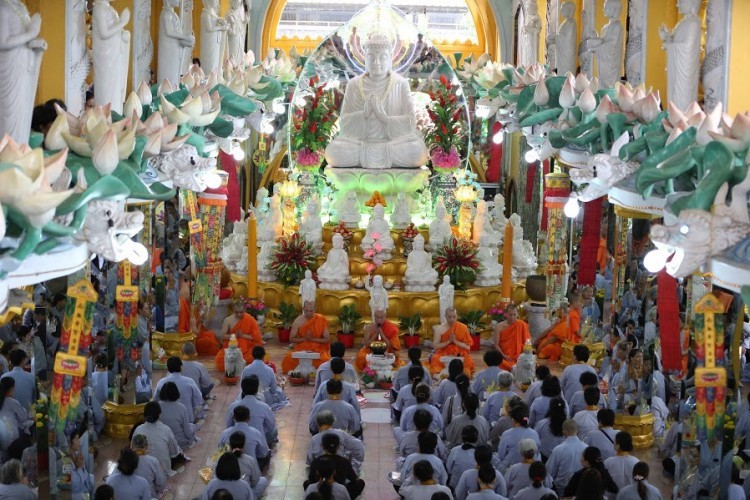 Photo @vietnamnet.vn
Photo @vietnamnet.vn
Offerings composed of money, food, and drinks prepared by visitors
Northern Vietnamese generally take a more elaborate approach to this spiritual practice, providing an extensive list of offerings ranging from roasted pork, spring rolls, and chicken to fruits, flowers, incense, hell notes, and handwritten wishes in classical Chinese characters. During prayer, individuals often recite their wishes melodically. In contrast, Southern Vietnamese people tend to bring fewer offerings and do not typically engage in rhythmic prayers; they simply state their wishes in a straightforward manner, a practice known as “khấn nôm.”
Despite the differences, the noble tradition of visiting pagodas maintains its core meaning, transcending age, status, or gender, uniting everyone in a shared spiritual experience.
Picking Bud
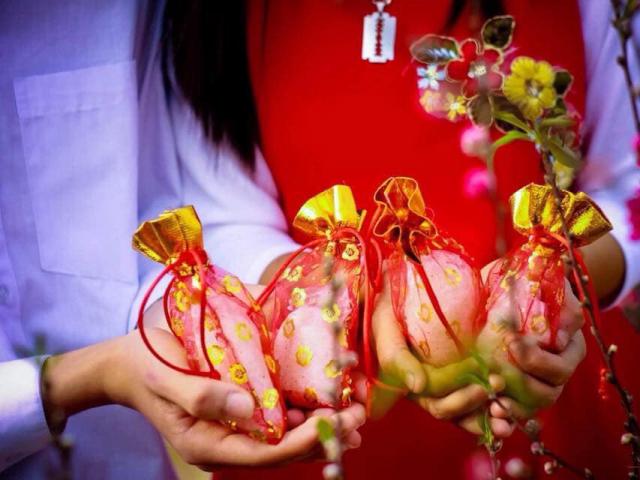 Photo @eva.vn
Photo @eva.vn
After completing their prayers, no Vietnamese person forgets to pluck buds from the pagodas. The buds gathered could be small flowers, yet the most common offering is a small branch from the pagoda’s garden. Vietnamese culture views plants as symbols of eternal life, growth, and prosperity, as no life form on Earth grows faster, more resiliently, or lasts longer than plants. Bringing back a sacred branch from a pagoda is believed to bestow health and prosperity upon one’s home.
Lots drawing & Fortune telling
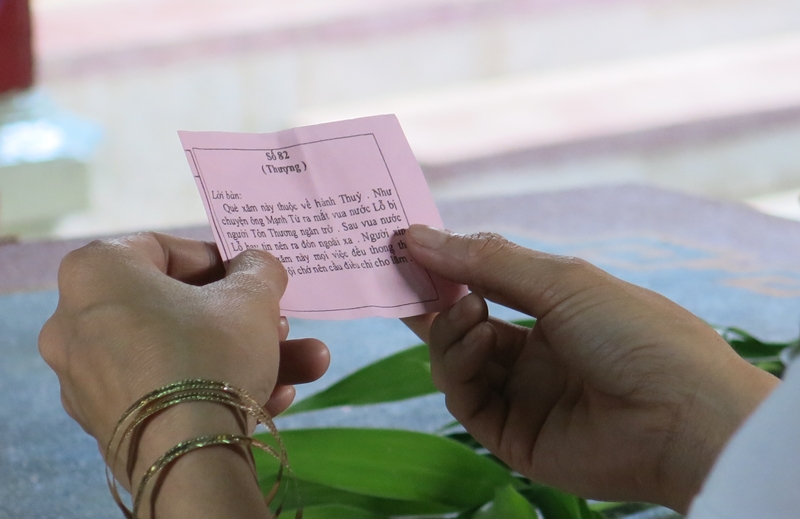 Photo @metrip.vn
Photo @metrip.vn
Another fascinating activity that Vietnamese people often partake in while visiting pagodas and temples is lot drawing. The lots contain short passages predicting one's fortune for the New Year. While this practice may be deemed superstitious, individuals appreciate it nonetheless, believing that both positive and negative interpretations can offer insights. For example, a prediction of good fortune elevates the spirit of the New Year, while a warning of bad luck encourages caution in actions, potentially leading to greater success.
Pilgrimage
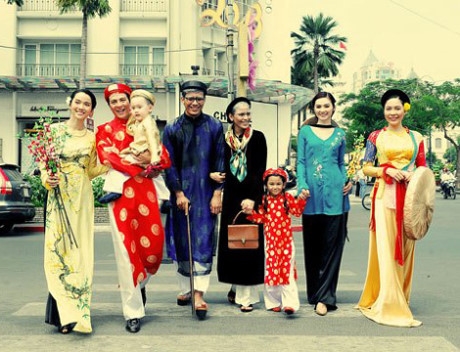 Photo @baogiaothong.vn
Photo @baogiaothong.vn
Following the New Year’s Eve celebrations, Vietnamese people often visit pagodas and temples as part of a cherished tradition. This initial outing of the year, known as “xuất hành đầu năm,” symbolizes bringing luck into the home. During this custom, individuals select auspicious elements based on their zodiac signs, including the day, time, and, importantly, the direction. The two common auspicious directions are “Tài Thần” (wealth and fame) and “Hỉ Thần” (happiness). Vietnamese people generally prefer the direction associated with happiness, as, ultimately, regardless of wealth or success, happiness remains the most sought-after goal.
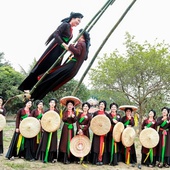
Folk Games During Tet Holidays
In the country area, Tet is often a holiday to celebrate with games, folk singing and village feasts. Get to know some of the most popular communal games during Tet holiday.
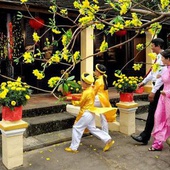
Do and Don't When Xong Dat
Tet Nguyen Dan- the biggest festival of the year- plays an extremely essential role in Vietnamese’s beliefs and culture. Among many complicated religious rituals performed in this occasion, “xong dat” (first visit to a home in a year) is believed to decide the fortune of the host for the whole year.

Origin Of Vietnam Tradition Xông đất
Year by year, Tết holiday has repeated in the role of the most fundamental and also biggest festival of a year to Vietnamese, from Kinh people to ethnic communities. In this crucial event, Xông đất (first visit to a home in a year) appears to be one of the indispensable rites.











